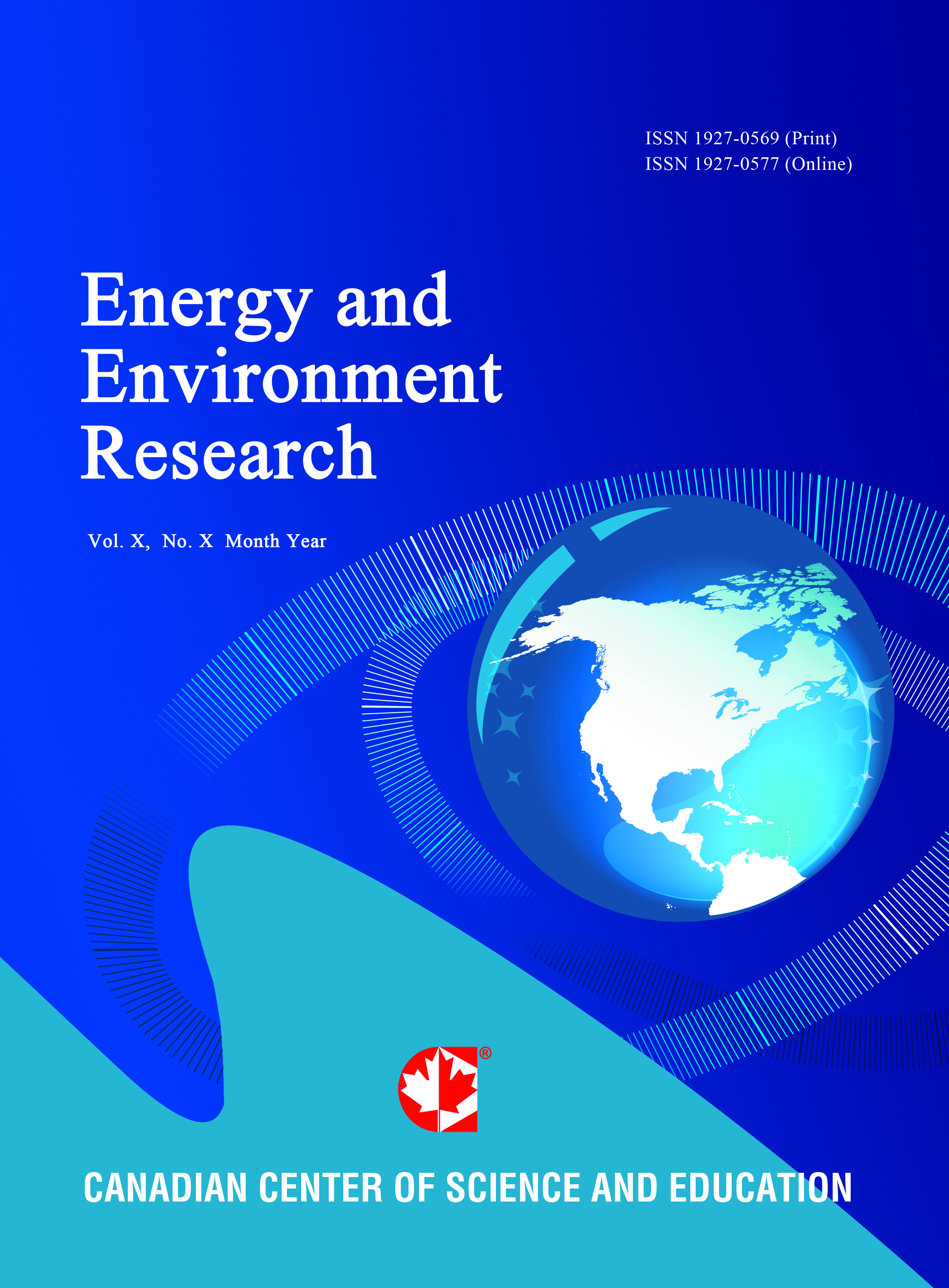Change in the Annual Water Withdrawal-to-Availability Ratio and Its Major Causes: An Evaluation for Asian River Basins Under Socioeconomic Development and Climate Change Scenarios
- Ayami Hayashi
- Keigo Akimoto
- Takashi Homma
- Kenichi Wada
- Toshimasa Tomoda
Abstract
More than half of the world's population lives in Asia, and ensuring a stable water supply is a critical issue. This study evaluates changes in the annual water withdrawal-to-availability ratio (WAR), and the major causes thereof, for each of Asian river basins under different socioeconomic development and climate change scenarios. According to our evaluation, the WAR will increase in 59%–61% of the Asian river basin areas by around 2030, as a result of population growth and the increase in per capita municipal and industrial water withdrawals. On the other hand, the WAR will decrease in 8%–16% of such areas, due to the increase in water availability associated with global warming and a decrease in per capita water agricultural withdrawal. After 2030, there will be a reduction of areas with increasing WAR because of a slowdown in the growth of both population and per capita municipal and industrial water withdrawals, while there will be an expansion of areas with decreasing WAR caused by continual decrease in per capita agricultural water withdrawal and intensified water availability. Significant measures to suppress WAR increase will differ by river basin, depending on the causes for the WAR increase. For instance, measures to deal with population increase and efforts to improve industrial and municipal water use by around 2030 will be important in the Huang He river basin. In the Indus river basin, coping with the decrease in water availability after around 2030 will be important. In addition, measures to handle population increase will be necessary.
- Full Text:
 PDF
PDF
- DOI:10.5539/eer.v4n2p34
Journal Metrics
(The data was calculated based on Google Scholar Citations)
h-index (July 2022): 19
i10-index (July 2022): 53
h5-index (July 2022): N/A
h5-median(July 2022): N/A
Index
- BASE (Bielefeld Academic Search Engine)
- CiteFactor
- CNKI Scholar
- Elektronische Zeitschriftenbibliothek (EZB)
- Excellence in Research for Australia (ERA)
- Genamics JournalSeek
- Google Scholar
- NewJour
- Norwegian Centre for Research Data (NSD)
- PKP Open Archives Harvester
- Publons
- ROAD
- SHERPA/RoMEO
- Standard Periodical Directory
- Ulrich's
- Universe Digital Library
- WorldCat
Contact
- Lesley LuoEditorial Assistant
- eer@ccsenet.org
